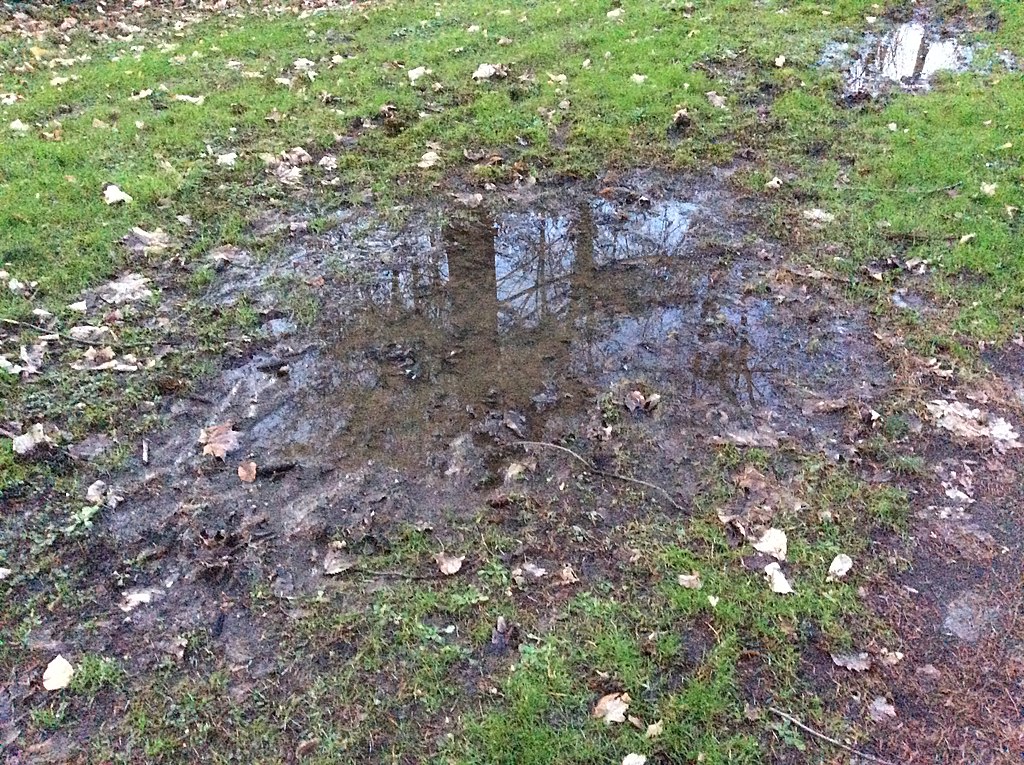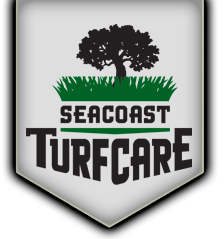
Best Lawn Watering Practices in New England for Year-Round Lawn Health
Like all living things, your lawn requires water to thrive. But in order to make sure that you’re getting the most out of your watering sessions, you want to follow the best lawn watering schedule.
While watering isn’t rocket science, you also want to make sure that you’re doing it properly so that you reap all of the benefits. Lawn watering mistakes - such as watering too much or at the wrong times - can do more harm than good.
That’s why we’re answering all of your watering questions. We want to help set you up for success by knowing things like when to water grass and how much to put down. Your wise watering choices will mean a thicker, healthier lawn.
In this article we’ll cover:
How Much Water Does Grass Need in New England?
How Often Does Grass Need to be Watered?
When to Water Grass?
When to Stop Watering Your Lawn in New England?
Successful Lawn Care in Southern NH, Northeastern Massachusetts, and Southern Maine
How Much Water Does Grass Need in New England?
Established lawns typically require around one to two inches of water per week. In the springtime when it is rainy, Mother Nature might be supplying that. But during periods of drought, you may need to step up your watering efforts.
If your lawn is not receiving enough water, there will be signs. You might notice:
- The color of your lawn may become dull. Instead of being bright green, it might turn bluish-green or brown.
- When you walk across the lawn, you might leave footprints behind with grass that doesn’t stand back up.
- The soil itself might start cracking.
If your grass has experienced drought stress, it may still bounce back. Lawns can often be pretty resilient and may even go into a state of dormancy during prolonged periods of drought. But there can be consequences of letting your lawn become drought stressed. It might thin out in areas and weeds may creep in.
It’s optimal to keep up with watering and try to prevent drought stress in the first place.
How Often Does Grass Need to be Watered?
Where most people tend to go wrong with the frequency of watering is assuming that Mother Nature has them covered. Now you know that your lawn needs around one to two inches of water, you might assume that a day of rain has you covered. But people often vastly overestimate how much rain really fell during a storm.
The best way to know how much water your lawn has already gotten is to use a rain gauge. This is an inexpensive measuring device that can help you know how much rain really fell. Then you can supplement as needed.
As far as “how often,” it doesn’t really matter what days you water as much as what time of day. We’ll talk about that next.
When to Water Grass?
The timing of your watering sessions is important in order to get optimal results.
Watering your lawn early in the morning is by far the best lawn watering schedule to follow. This provides ample time for the water to reach the lawn’s roots before it evaporates.
You want to avoid watering late in the day or at night, as the water will be left sitting on the lawn. This can lead to fungal growth.
In addition, keep in mind that the goal is a deep watering that reaches the root zone. If you water for too short of a time it’s going to be a “shallow watering,” which isn’t optimal for your grassroots.
When to Stop Watering Your Lawn in New England?
You do not need to water your lawn in the winter as grass will go into dormancy during this season. Generally speaking, in New England, you can stop watering your lawn when temperatures begin to consistently fall below 40 degrees.
You do not want to be watering your lawn when freezing temperatures set in.
Because dormant grass turns brown, people sometimes struggle to identify the difference between dead or dormant grass. The time of the year is the biggest factor. If it is wintertime, then your grass is most likely in a state of dormancy (and will come out of it in the spring).
As far as when to start watering your lawn in New England (after dormancy), you can typically wait until all of the snow has melted and the weather consistently warms up. Most of the time this is in the later part of spring.
Successful Lawn Care in Southern NH, Northeastern Massachusetts, and Southern Maine
At the end of the day, watering the lawn is just one component of successful lawn care. You also want to make sure that you’re partnering with a lawn care professional in Southern NH, Northeastern Massachusetts, and Southern Maine who will be performing other vital services that promote a healthy lawn.
But you’re going to get the most out of other services like lawn fertilization and weed control if your lawn is properly watered.
We hope these tips for watering have given you a good idea of what your lawn needs in order to thrive. Knowing things like how often to water grass or how long to water during each session can pay off with greener, thicker grass.
At Seacoast Turf Care, we’re here to provide you with tips like these and more that will help you grow a healthy lawn. We take great pride in partnering with homeowners and setting them up for lawn care success.
Want to get a beautiful, green lawn? At Seacoast Turf Care, we service NH towns near Stratham, North Hampton, Exeter and many more. Get lawn care pricing for your Southern NH, Southern Maine, or Northeastern Massachusetts property.
Image Sources: sprinklers, rain gauge, standing water, dormant grass



